Musical instruments, audio equipment, and home appliances are composed of hundreds, thousands, or even tens of thousands of different parts. These parts that are attached together on a board are called a “circuit board”.

The board is the heart of the device and has many different parts attached to it, and if even one of these parts malfunctions, the entire board can often cease to function.
For example, take this AMERICAN DJ MEGA BAR RGBA LED Washer lighting equipment I recently received for repair.
AMERICAN DJ / MEGA BAR RGBA LED Washer
This model has 320 10mm LEDs installed, with 64 red, 96 green, 96 blue, and 64 amber LEDs.
There were areas where the LEDs were not lighting up due to deterioration or the LEDs died. If one LED goes out, other LEDs in the same row will also be affected, resulting in lighting failure. In such cases, the defective parts must first be removed.

Here are the tools I usually use.
The four items needed to remove a part are a soldering iron, solder, solder suction wire, and a solder remover.
■ Desoldering wire

This is the most popular tool for soldering. When the wire is heated, it absorbs the solder melted by the heat.
(The woven copper wire is coated with flux, a material that removes oxides to prevent metals from bonding together.

I placed the solder sucker on the part to be removed and pressed against the wire.

Now I removed it.
■ Solder remover

As the name suggests, this tool sucks out solder. A spring is built into the tool, and when the thin part is pushed in to lock it and the button is pressed to release it, the repulsive force of the spring sucks out the solder.

Solder and go...!
(If the solder is not piling up at this point, the heat will not be transferred to the entire solder well, and the part that was not melted will be left behind.)

(After melting the solder, put the mouth of the desoldering machine close to the area and press the button.

Now, it’s out.

Now let's compare the two. The top is the desoldering wire and the bottom is the desoldering machine.
Looking at the finish alone, the desoldering wire is superior. However, there is a disadvantage to using this. The desoldering wire takes a long time to heat up due to its characteristics and it is used by pressing it against the board, so it often cannot be used on boards with many parts densely packed together.
In such cases, a desoldering machine is useful. Since it is a hit-and-away method for melting the solder and sucking it away, the time required for heating is minimal, and as long as the tip is applied, it can be removed even in tight spaces.
As you can see, there are advantages and disadvantages to each method, so use the right one for the job.
That's all for the desoldering section.
Thank you for reading this far.







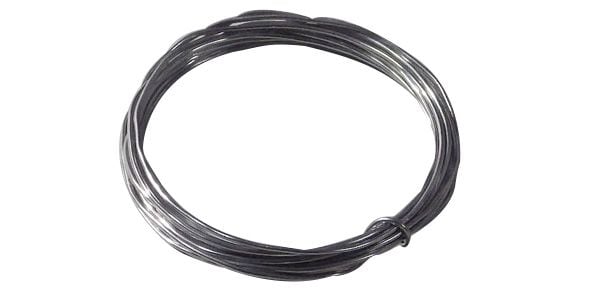
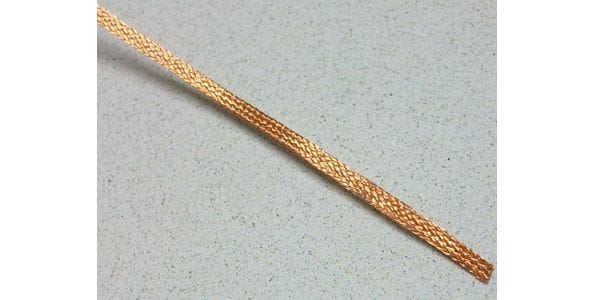
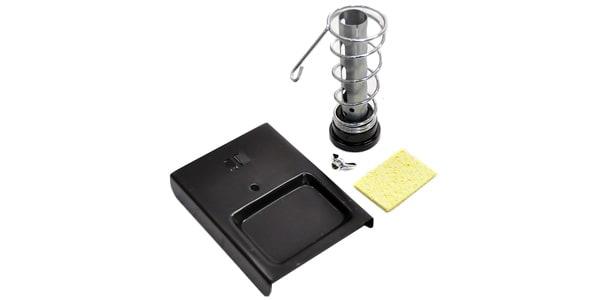
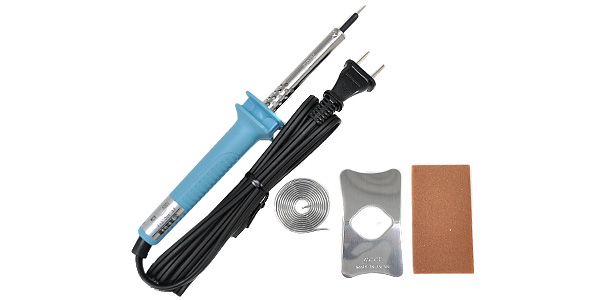
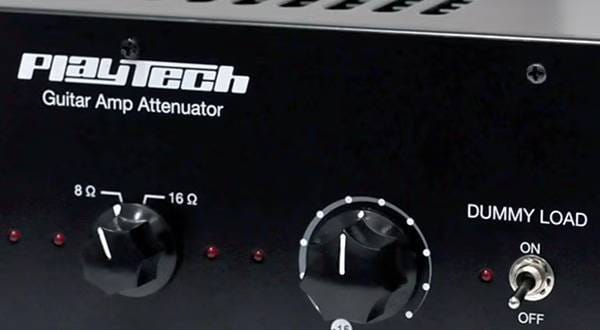


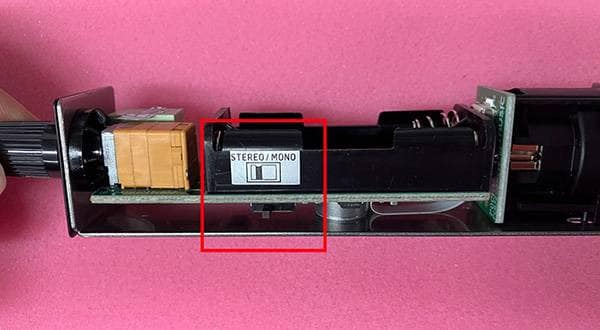
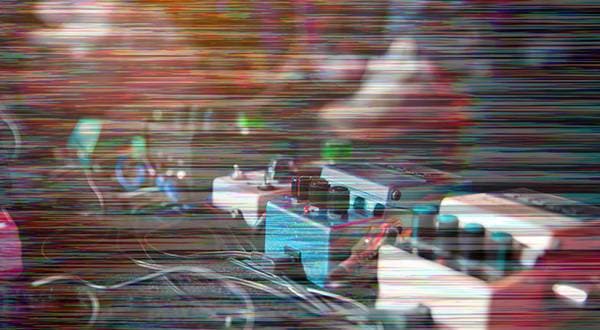
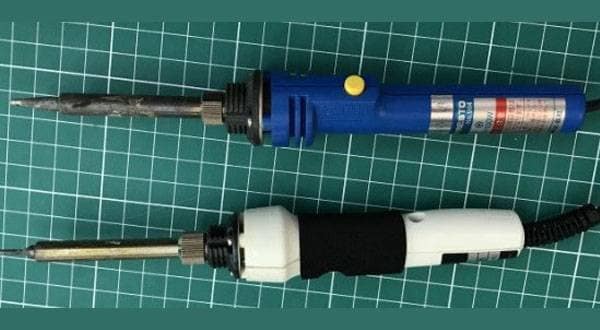
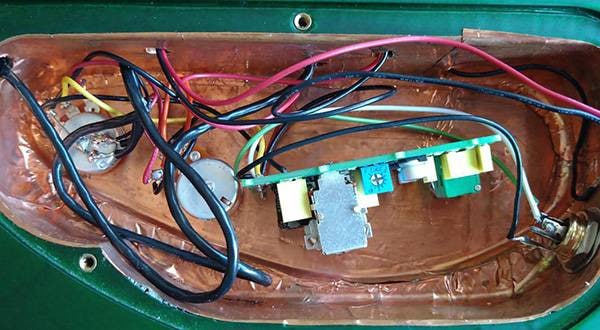
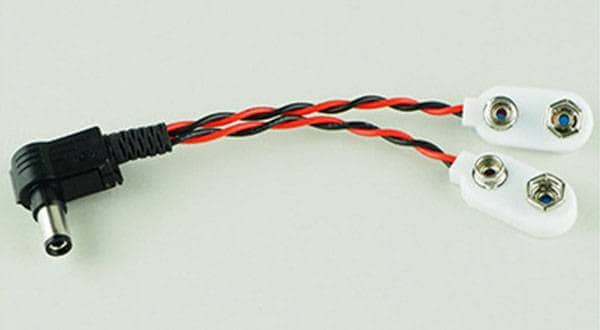
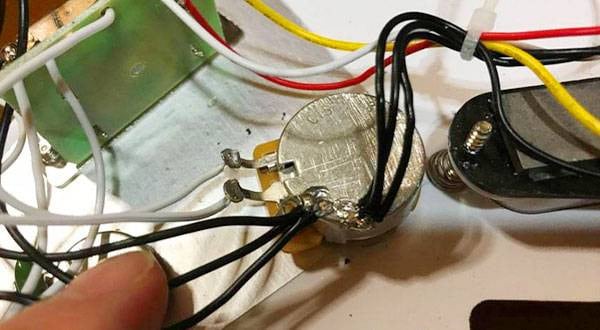
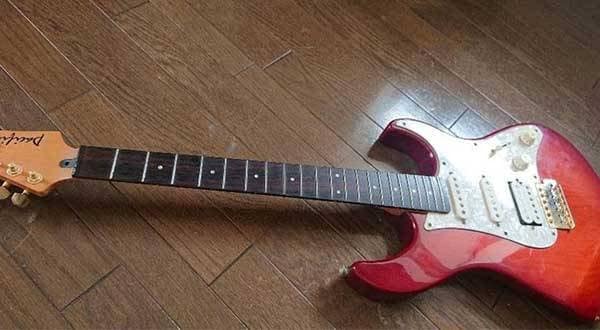
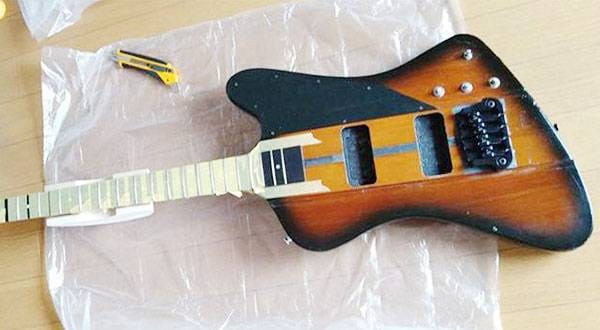
 ピックアップ交換大作戦!
ピックアップ交換大作戦!
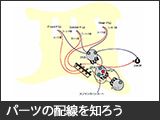 パーツの配線を知ろう
パーツの配線を知ろう
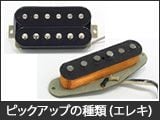 ピックアップの種類(エレキギター)
ピックアップの種類(エレキギター)
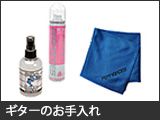 ギターのお手入れ
ギターのお手入れ
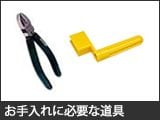 お手入れに必要な道具
お手入れに必要な道具
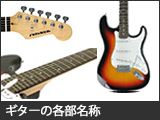 ギターの各部名称
ギターの各部名称















